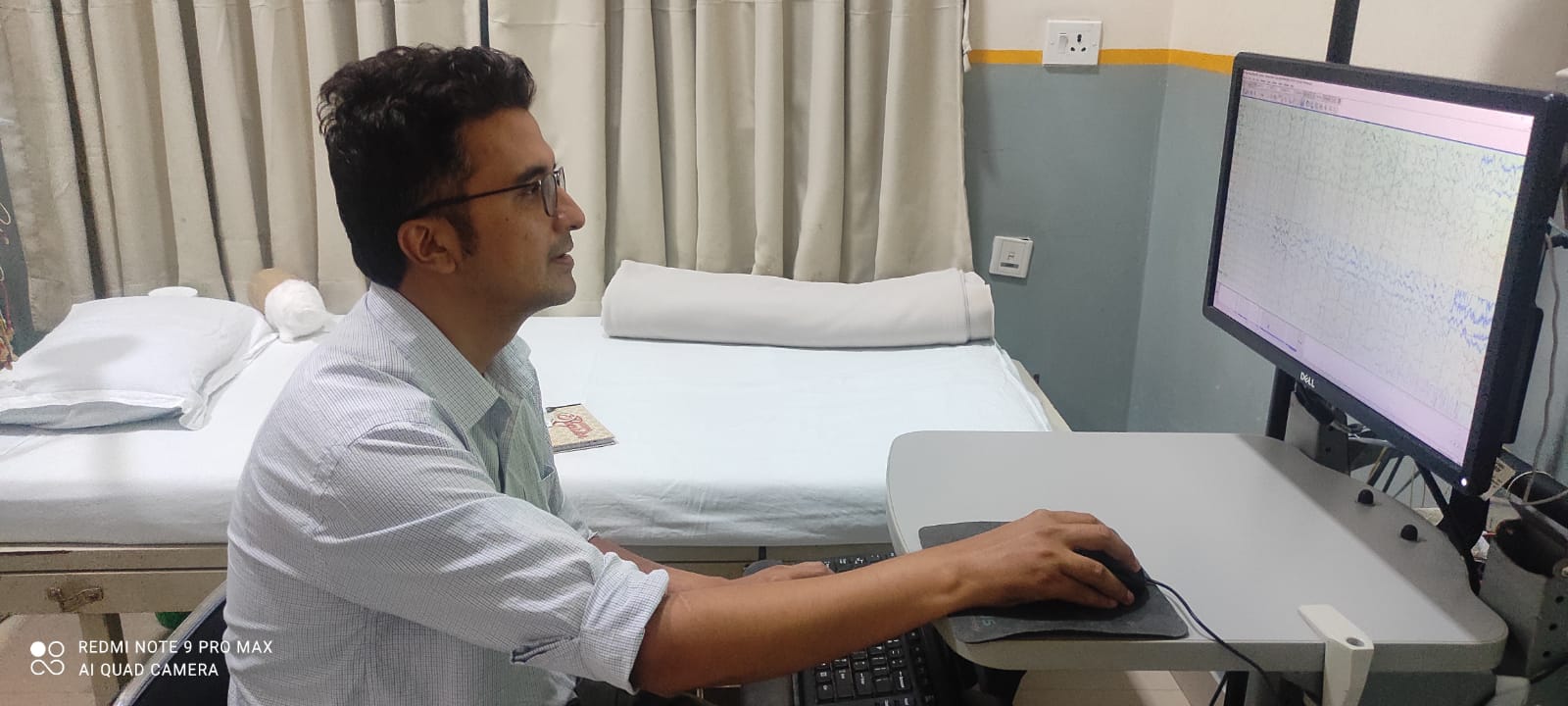EEG for Children
What is EEG Test
A EEG (Electroencephalogram) test is to monitor and analyse electrical pulses in the brain. The brain cells communicate with one another through electrical activity. An EEG will identify any issues related to your brain activity.


How does EEG record brain activity?
Using electrodes, this technique captures brain wave patterns. These electrodes are wire-strapped to the scalp. The electrodes then record the electrical impulses and transmit signals to the computer at the same time. The findings will then be recorded and displayed by the computer.
These records are comparable to waves. It has significant peaks depending on how active your brain is. Your doctor is in charge of examining these lines. This data may be used to identify any indications of abnormality. If there are any, it may be an indication of some brain disorder.
What are the abnormalities detected by EEG?
Digital EEGs may aid in the detection of brain abnormalities. These anomalies may be linked to brain problems, so it is critical to be aware of them early on. The digital EEG technique may identify the following abnormalities:
- Epilepsy
- Tumors of the Brain
- A Head Injury
- Coma
What Is the Purpose of EEG?
EEG is mostly used to diagnose seizure disorders. It is also used to detect coma, encephalopathies, encephalitis, sleep problems, anaesthetic depth, and brain death. It is also used to distinguish between seizures and pseudoseizures. EEG is especially helpful in the ICU to rule out potentially fatal conditions such as status epilepticus.
How Should You Prepare for an EEG?
The night before, wash your hair. Apply no oil, gel, or hairspray to the hair.
Are there any side effects with EEG?
It is a painless and risk-free test with no long-term consequences.
